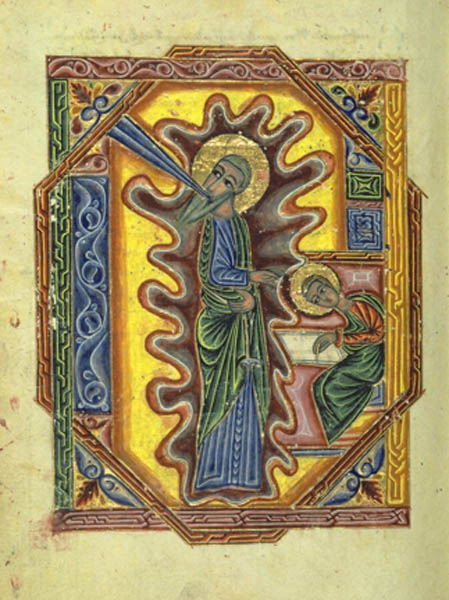
Museum of Biblical Art
New York, New York
(212) 408–1500
www.mobia.org
Continuing through July 13, 2008
Art museums typically present medieval European art from a purely aesthetic perspective, neglecting its original purpose: religious ritual. In Realms of Faith, the Museum of Biblical Art places selected European artifacts from the Walters Art Museum in Baltimore in the context of their function in Christian liturgical practice and personal devotion. Using primary sources such as texts and medieval images depicting works of art in use, the exhibition helps visitors understand religious experiences, both shared and divergent, of Byzantine and Western medieval Christians.
In the exhibit’s first section, “Faith and Practice in Medieval Europe,” visitors survey themes such as devotion to the saints, the celebration of mass and the practice of religion at home. The second section, “Art, Liturgy, and Celebration: The Realm of the Church” explores commonalities and differences in the two main medieval subdivisions of Christianity: the Western and Byzantine churches. This section features artifacts such as the Eucharistic Dove (), a rare 13th-century altar piece used to hold the bread of the Eucharist. In “The Art of Prayer: The Realm of Personal Devotion,” visitors can examine objects used for devotion by individuals or small groups in more intimate settings such as the home and private chapels. The last section, “A Medieval Bestiary” is specifically designed for families and invites parents and children to discover the world of medieval animal imagery. Stories and legends about animals from the medieval bestiary reveal how religious traditions permeated everyday life and how a strict separation between “secular” and “sacred” imagery is a modern creation.

The Getty Center
Los Angeles, California
(310) 440–7300
www.getty.edu
May 6–July 27, 2008
Medieval and Renaissance images of Christ functioned as powerful inspirations for prayer. Drawing on manuscripts from the Getty’s permanent collection, Imagining Christ demonstrates the multiple overlapping ways in which Christ was understood through the visual medium: as the son of God and as God, as the sacrificer and the sacrificed, the judge and the judged, the dead and the risen, the human and the divine. Visitors may examine the role images of Christ played in the devotional life of the faithful. In particular, the exhibit reveals how manuscript depictions allowed viewers to participate imaginatively in Christ’s life, sacrifice and acts of salvation. One of the featured items on display is a depiction of St. John the Evangelist from a 17th-century Armenian manuscript.


The Art Institute of Chicago
Chicago, Illinois
(312) 443–3600
www.artic.edu
Ongoing
Depictions of animals pervaded the imagery on the gold, silver and bronze coinage of ancient Greece, Rome and Egypt. Although they often appear in their natural state, animals sometimes share the features of humans or other beasts, taking the form of mythical creatures like centaurs and sphinxes. Ancient Greek and Roman coins also featured heroes, divinities and rulers depicted with animal attributes to emphasize their special powers or to promote a specific political identity. Minted in third-century B.C. Naples, the coin pictured depicts the nymph Parthenope on the obverse side (); on the reverse a man-headed bull is crowned by Nike.
This exhibit examines ancient notions of mixed identity—the idea of being neither man nor beast, neither fully mortal nor fully divine but somehow both. The ancient concept of a hybrid self was a significant element in the development of both political and religious thought, which imagined God as a being of multiple identities and faces and, in some cases, of mixed lineage.

